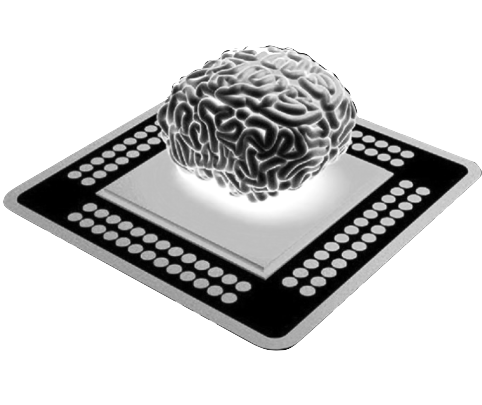Nano and microelectric and mechanical systems MEMS (PhD in nano-microelectronics)
Note: MEMS, which integrates movable micro-devices such as (actuators and sensors), energy-reflecting micro-devices (such as antennas, microstructures and coils), micron-scale actuator sensor circuits, and integrated processing control circuits . It is widely used.
Nano- and micro-electromechanical systems and precision measuring instruments ( various industry modes), high-performance computers used in the design of software and effective computing environments . The design of micro-nanoscale systems prepares subsystems, devices and structures to integrate new phenomena and complex processes without unifying them and regular collaborations . Microelectromechanical systems (MEMS) are a combination of mechanical elements, sensors, actuators, and silicon-based nanoelectronic devices made by nanotechnology. As long as electronic devices are made for use in the process of integrated circuits (ICs) (such as process Components), "BICMOS, Bipolar, CMOS Micromechanical fabrication " for use in micro- machining processes, suitable for selectively part-by-part with silicone tablets or the addition of new building layers to form mechanical devices Used mechanically, are made.
Microelectronic integrated circuits can be considered as the thinking brain of a system, and MEMS has enhanced this decision-making capability with eyes and arms to allow micro-systems to allow the environment to be measured by mechanical, temperature, biological, chemical, and optical measurements. And collect magnets. The electronics then instruct the arms to display the information taken from the sensors and through some decisions to react by moving, stabilizing, adjusting, pumping and filtering . As a result, the environment is controlled for the desired demands . At each level of the design hierarchy, the efficiency of the system in the realm of its behavior for evaluation, optimization and Correction of the optimization and composition process is used to find new solutions. ICs must meet the performance characteristics of MEMS, such as electromagnetic-based electromechanical instrumentation and structures , input-output channels, analog-to-digital conversions, and analog-to-analog data.
Conclusion :
Because MEMS devices are built for use in group manufacturing methods such as integrated circuits , new levels of performance, reliability and skill can be afforded on a small silicon chip at a relatively "low cost" .
Researcher and author: Dr. ( Afshin Rashid)
PhD in Nano-Microelectronics




